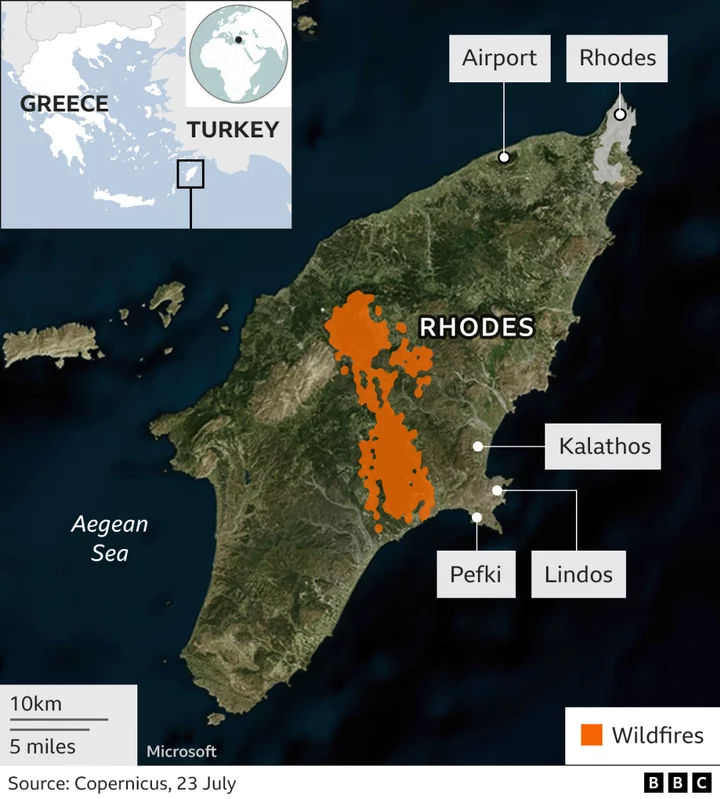TOKYO (AP) — The Japanese government stepped up its alarm over China's assertiveness, warning in a report issued Friday that the country faces its worst security threats since World War II as it plans to implement a new strategy that calls for a major military buildup.
The 2023 defense white paper, approved by Prime Minister Fumio Kishida’s Cabinet, is the first since the government adopted a controversial new National Security Strategy in December, seen as a break from Japan’s postwar policy limiting the use of force to self-defense.
China, Russia and North Korea contribute to “the most severe and complex security environment since the end of World War II,” according to the 510-page report. It says China’s external stance and military activities have become a “serious concern for Japan and the international community and present an unprecedented and the greatest strategic challenge."
On Thursday, Russian and Chinese delegates joined North Korean leader Kim Jong Un in Pyongyang for a military parade that showed off the country's latest drones and long-range nuclear missiles.
Russia and China have also stepped up strategic ties, the white paper said, noting five joint bomber flights since 2019, and several joint navigations of Chinese and Russian warships that it wrote were “clearly intended for demonstration of force against Japan and of grave concern” to both Japan and the region.
The report predicted that China will possess 1,500 nuclear warheads by 2035 and increase its military superiority over Taiwan, which Japan views as a security threat, especially to southwestern islands including Okinawa.
While Okinawan Gov. Denny Tamaki has called for U.S. bases there to be reduced and for greater effort in diplomacy and dialogue with Beijing, the central government has been reinforcing the defenses of the remote southwestern islands, including Ishigaki and Yonaguni, where new bases for missile defense have been installed.
Many residents of the island have bitter memories of the Battle of Okinawa, in which Japan’s wartime military essentially sacrificed the local population in an attempt to delay a U.S. landing on the main Japanese islands. Many Okinawans worry they would be the first to suffer in the event of a Taiwan emergency.
Earlier this week, Chief Cabinet Secretary Hirokazu Matsuno visited Ishigaki and acknowledged the challenges of evacuating residents from remote islands, and pledged to give firm support. Ishigaki Mayor Yoshitaka Nakayama asked for airport and port facilities to be reinforced and for underground shelters to be built as preparation for a Taiwan emergency.
China claims self-governing Taiwan as its own territory, to be annexed by force if necessary.
Chinese President Xi Jinping, who in 2017 set a goal of building “world-class military” by mid-21st century, may move the target forward, the report said, noting his call for a rapid advancement of the People’s Liberation Army to world-class in his speech at the Communist Party congress in October.
North Korea is rapidly progressing in its nuclear and missile development and poses "a graver, more imminent threat to Japan than ever before,” the report said. The North has test-fired around 100 missiles since the start of 2022, including ICBMs, and the report noted the country is now believed to have an ability to conduct nuclear attacks on Japan and continental United States.
The report comes seven months after Kishida’s government adopted new national security and defense strategies that called for doubling the defense budget to 43 trillion yen ($310 billion) by 2027.
Questions have been raised about whether the ambitious expansion of military capability and funding for it is feasible in a country that has a rapidly aging and shrinking population.
A government-commissioned panel recently adopted a package of recommendations for Japan's military to maintain troop numbers despite population concerns, including scholarships, extension of retirement age, hiring retirees, improving workplace environments and tackling harassment.









